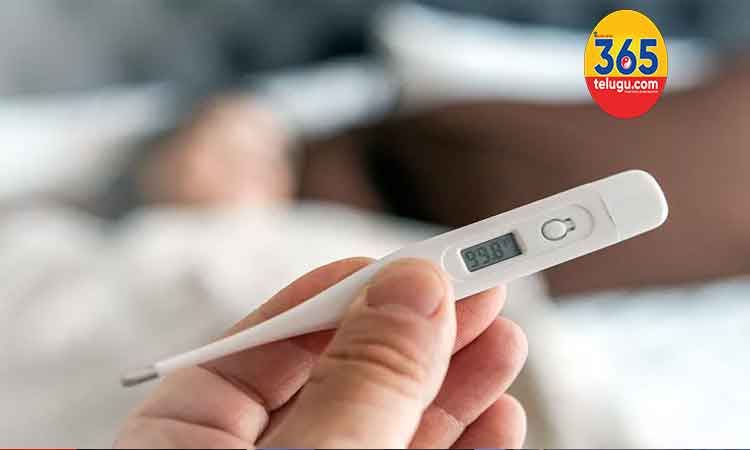365Telugu.com online news, August 14th,2024: Fevers are on the rise, with temperatures reaching up to 104 to 105 degrees Fahrenheit. The most common issues include Hand Foot and Mouth Disease, viral respiratory infections (especially RSV), Chikungunya, Dengue, Typhoid, and gut infections. Among these, viral respiratory infections are leading to the highest number of hospital admissions.
Key Points to Remember:
First Aid for Fevers:

Use Paracetamol (like Crocin, Calpol, T98) as the first line of treatment. Administer according to the dosage on the label and ensure at least a 4-hour gap between doses.
For high fevers unresponsive to Paracetamol, consult your pediatrician before using Ibuprofen (Ibugesic) or Mefenamic acid (Meftal P). These should be used cautiously due to potential side effects, including stomach acidity and increased risk of seizures in children under 6.
Antibiotics:
Avoid unnecessary use of antibiotics for fevers. They target bacteria, not viruses, and can lead to more harm than benefit, including delays in diagnosing serious conditions. Recent months have seen few cases where antibiotics were needed, such as for dysentery, UTIs, and specific bacterial infections.

Seizure Preparedness:
Be knowledgeable about first aid for seizures, especially if you have a child under 6 years old, as fever-induced seizures can occur.
Hydration:
Ensure adequate fluid intake. Avoid glucose or sugar water. Opt for WHO-recommended ORS, coconut water, fresh fruits, soups, and breast milk.
When to Seek Medical Help:
Consult a pediatrician if the fever persists beyond 3-5 days, or if accompanied by severe headache, persistent vomiting, drowsiness, breathlessness, seizures, compromised fluid intake, or new symptoms.

Remember, proper consultation and timely medical advice are crucial. Antibiotics are not the solution for most fevers. Let your pediatrician guide you in the diagnosis and treatment plan.-Dr. Sivaranjani Santosh
